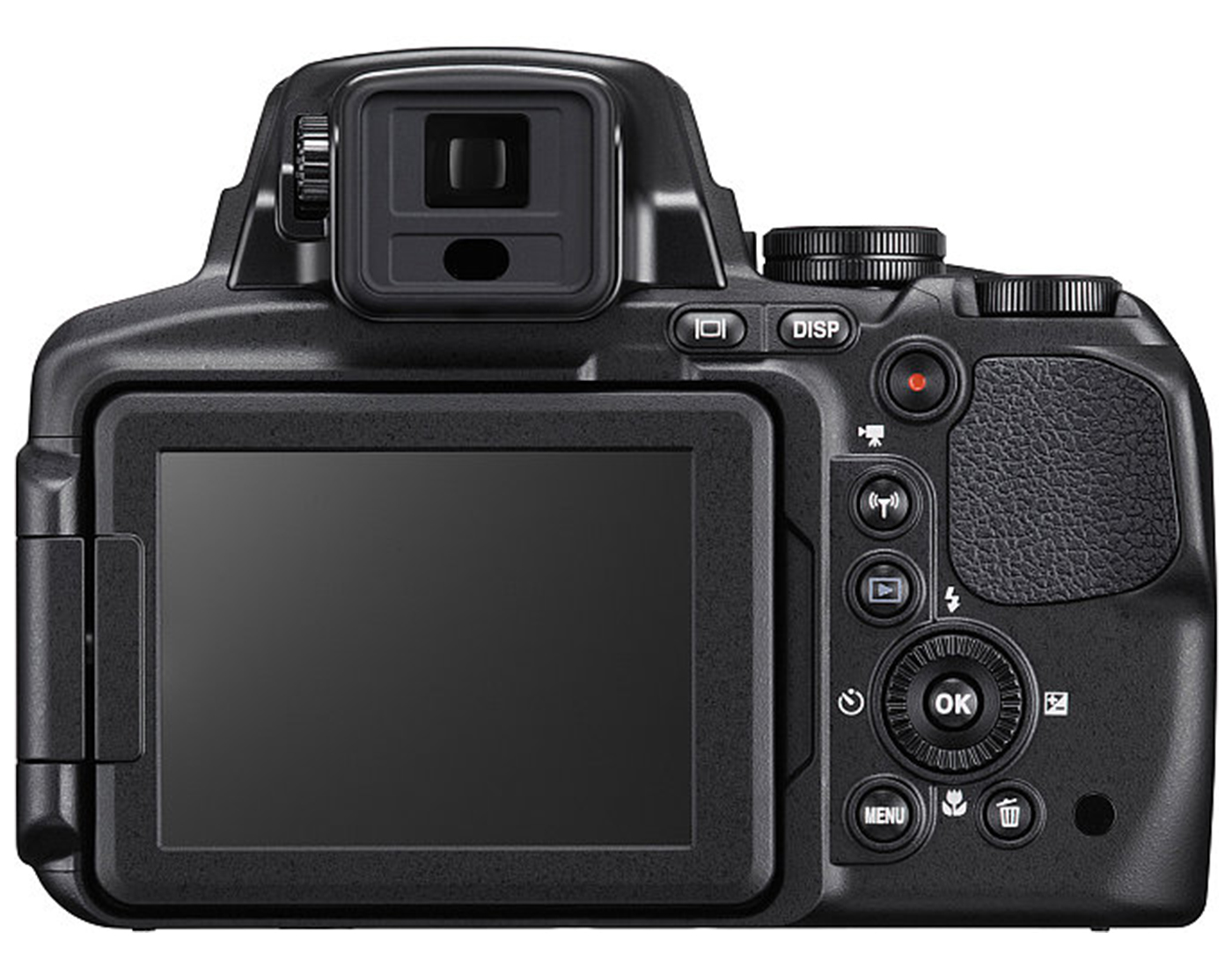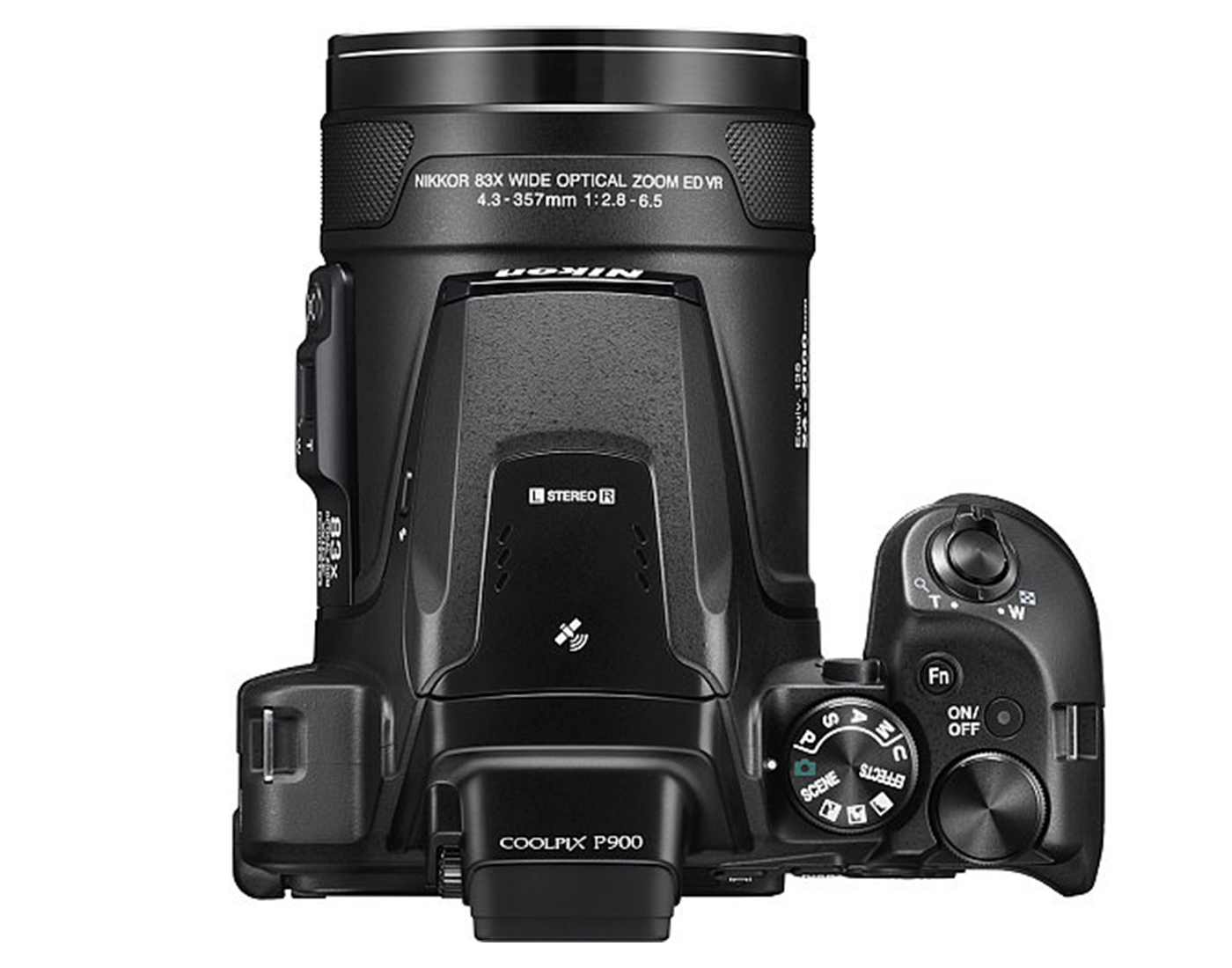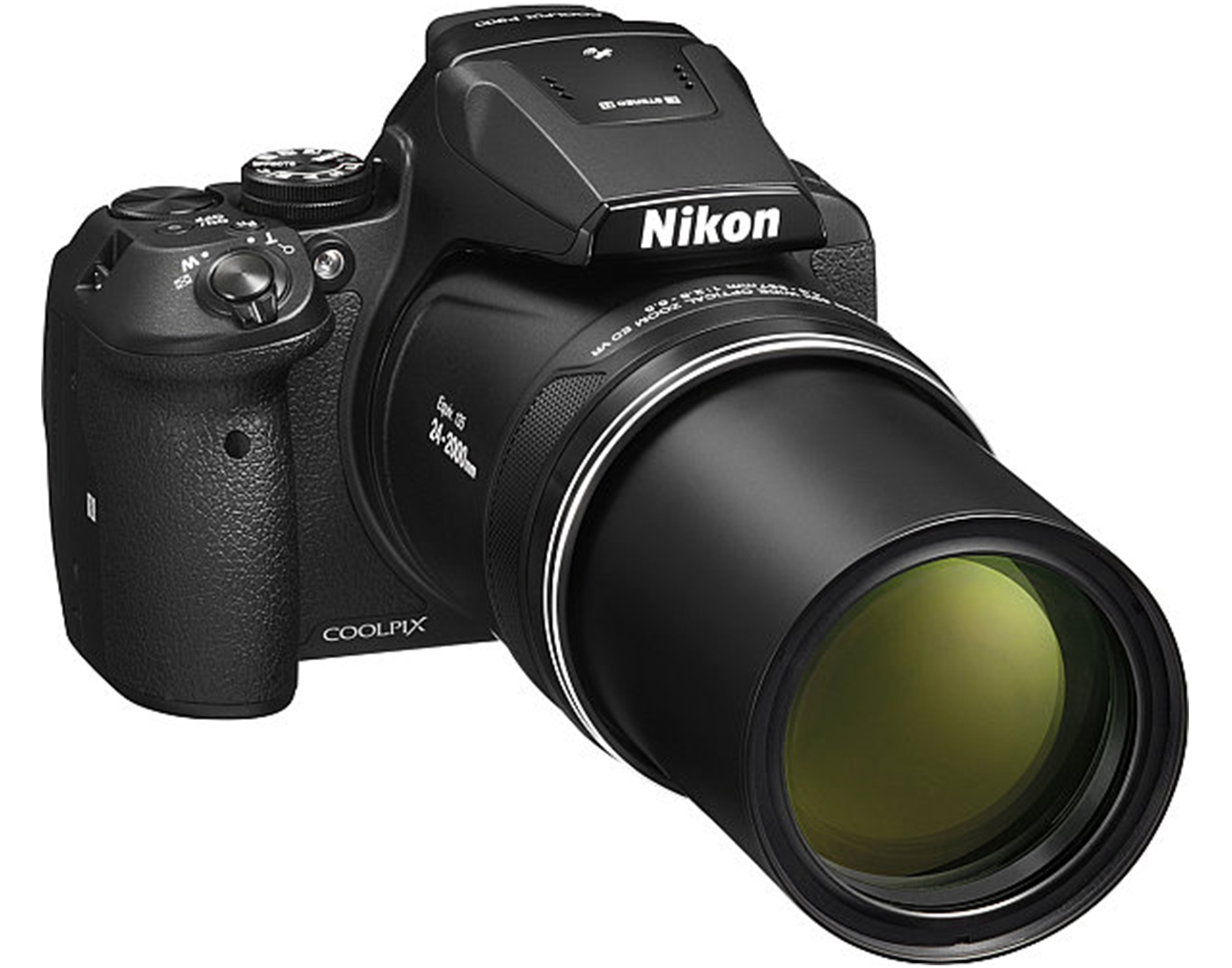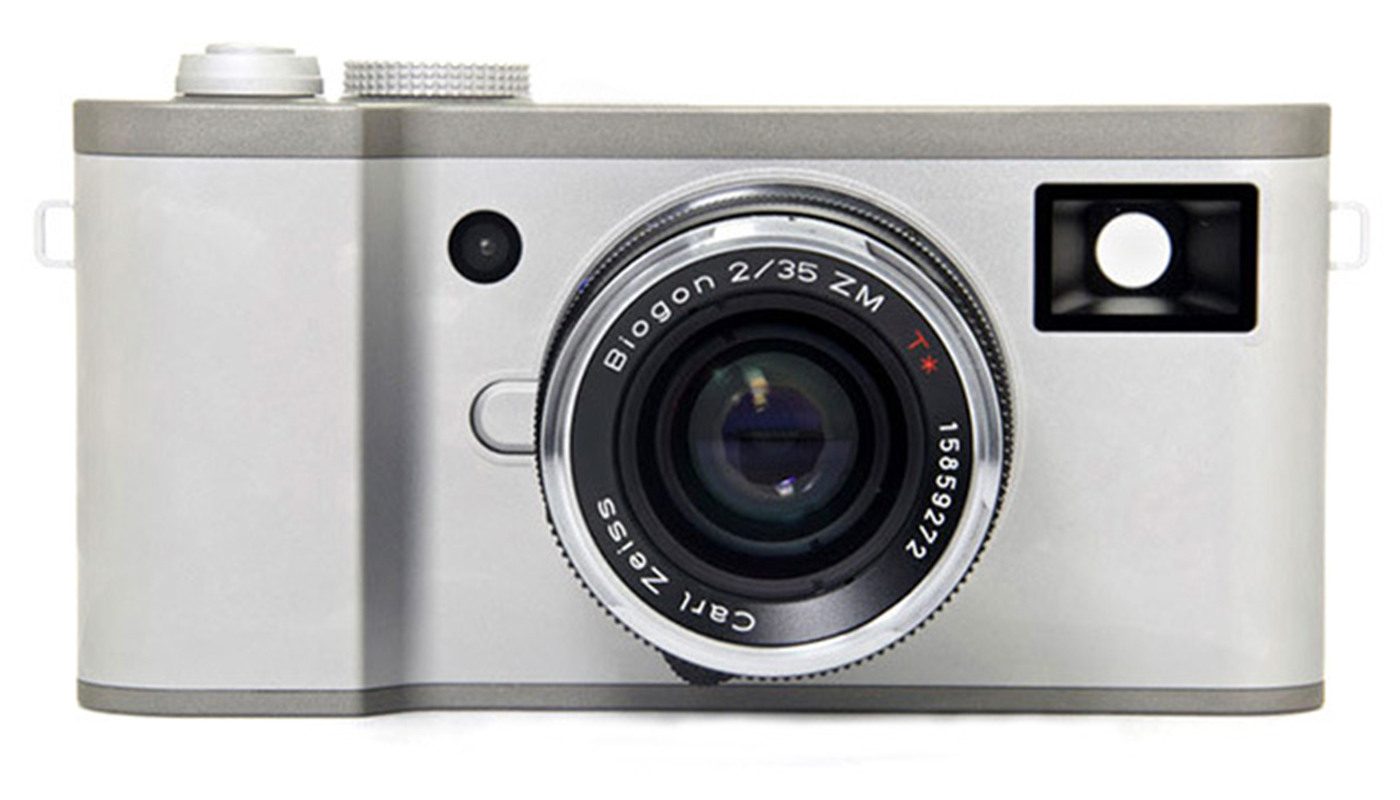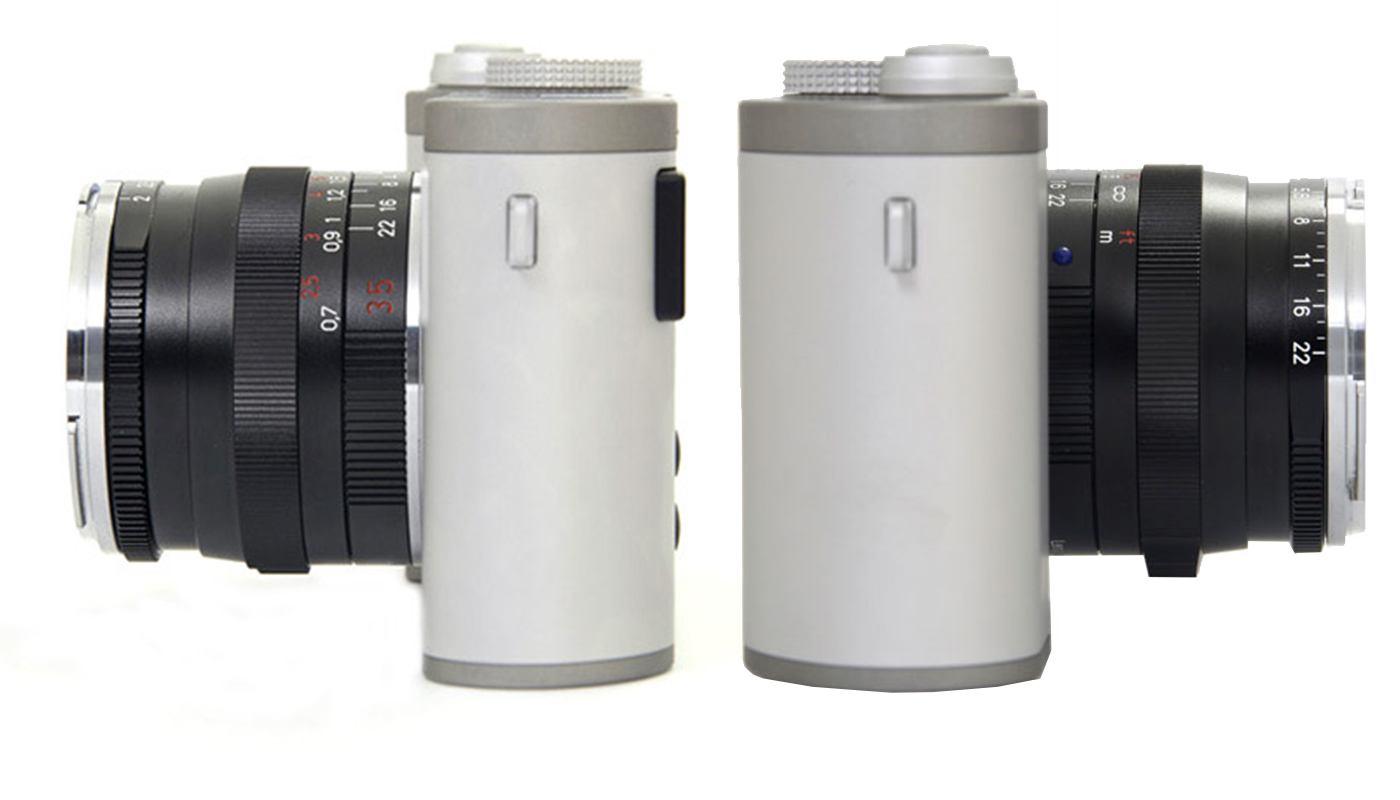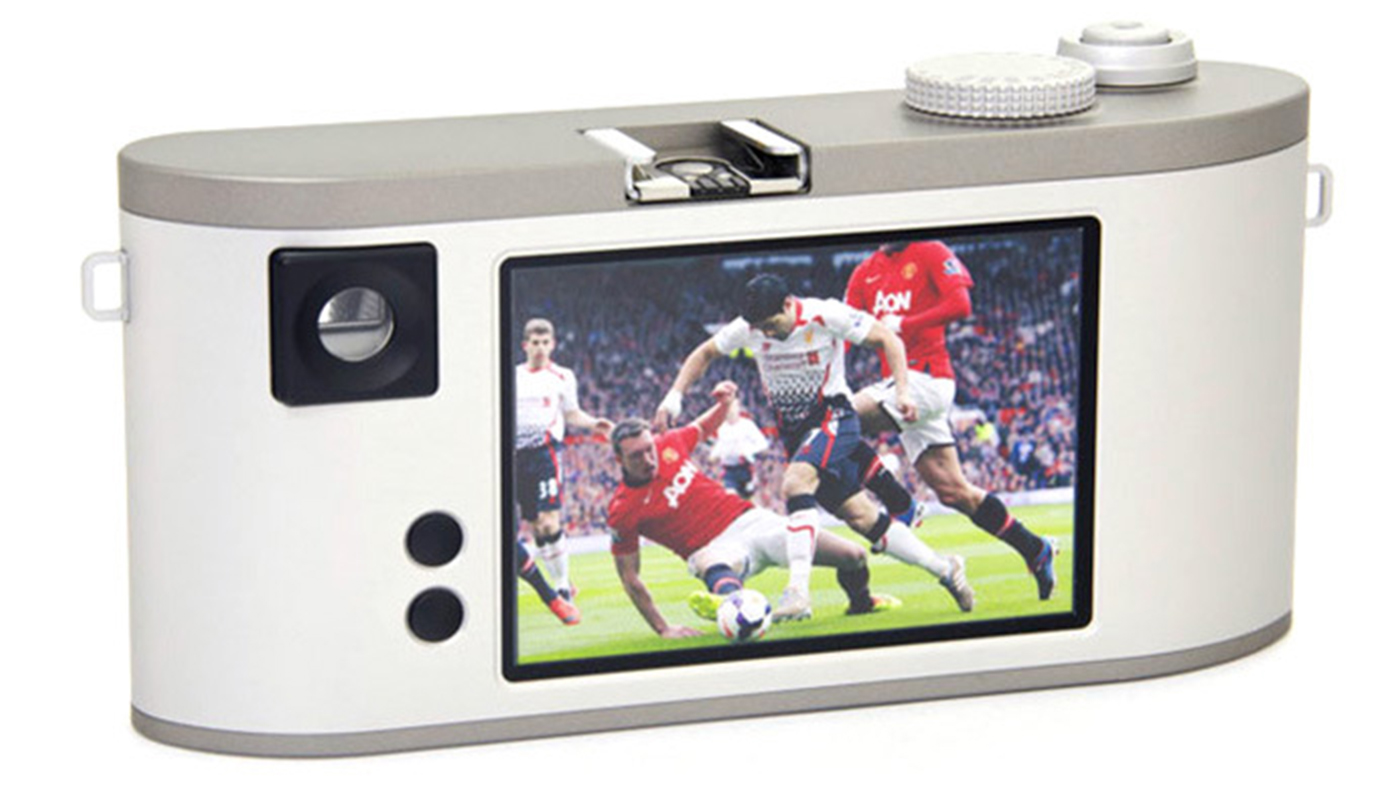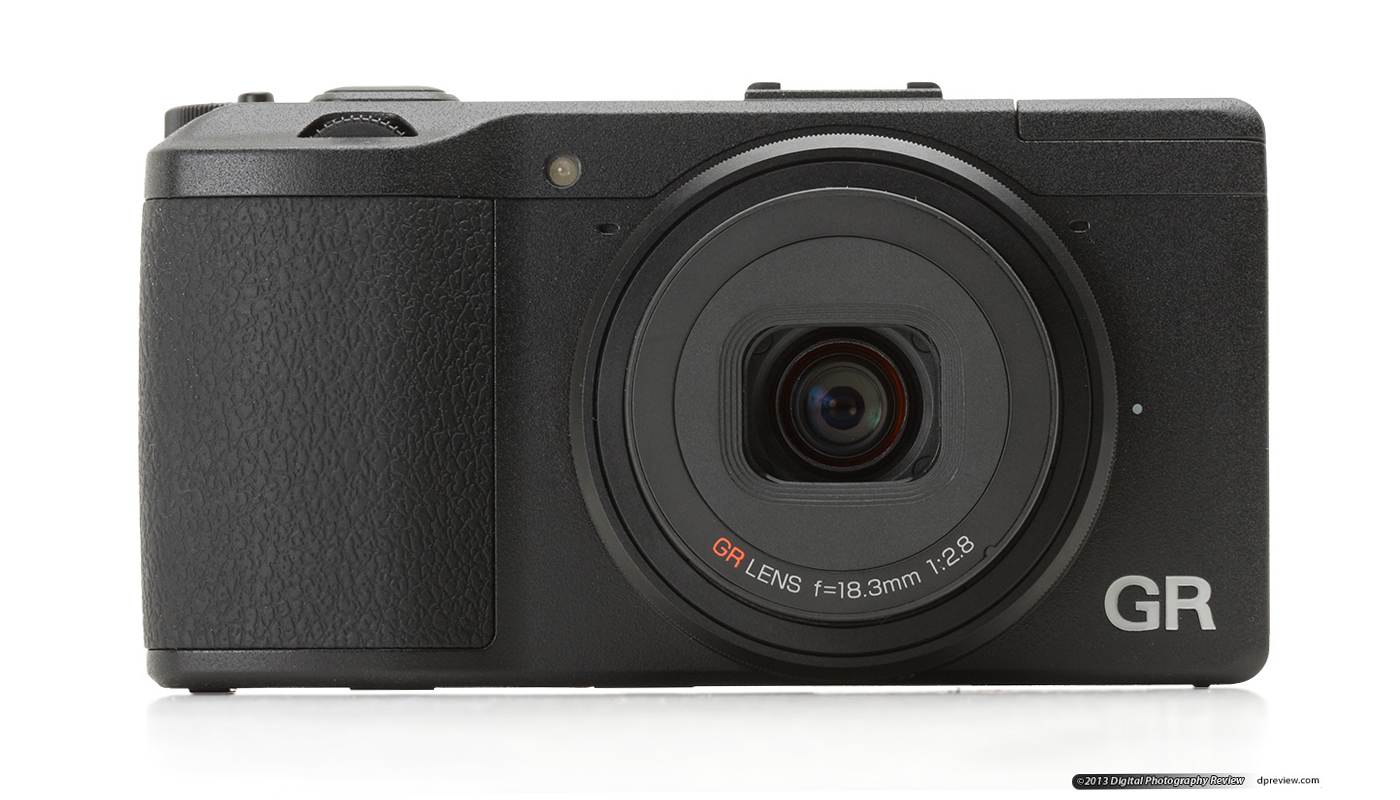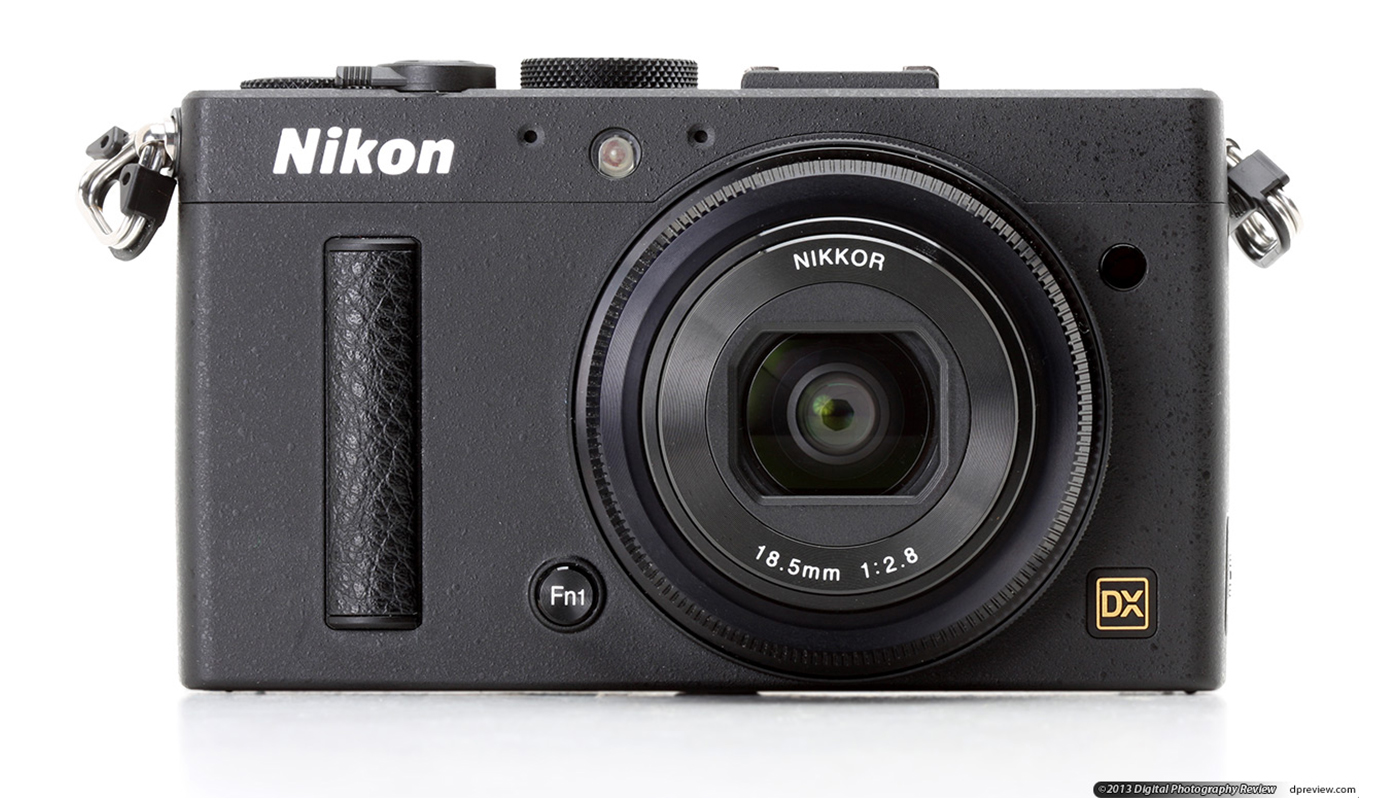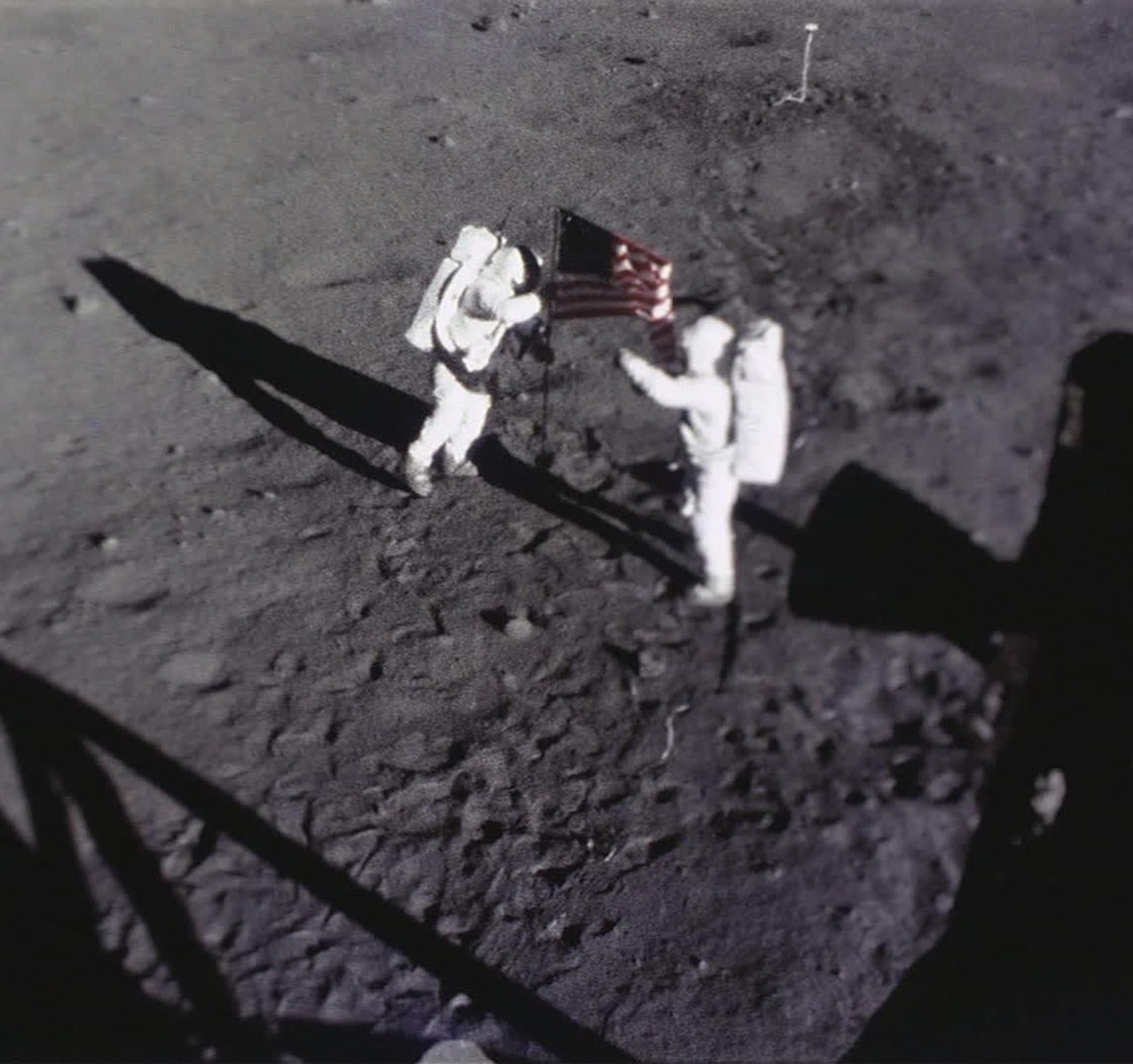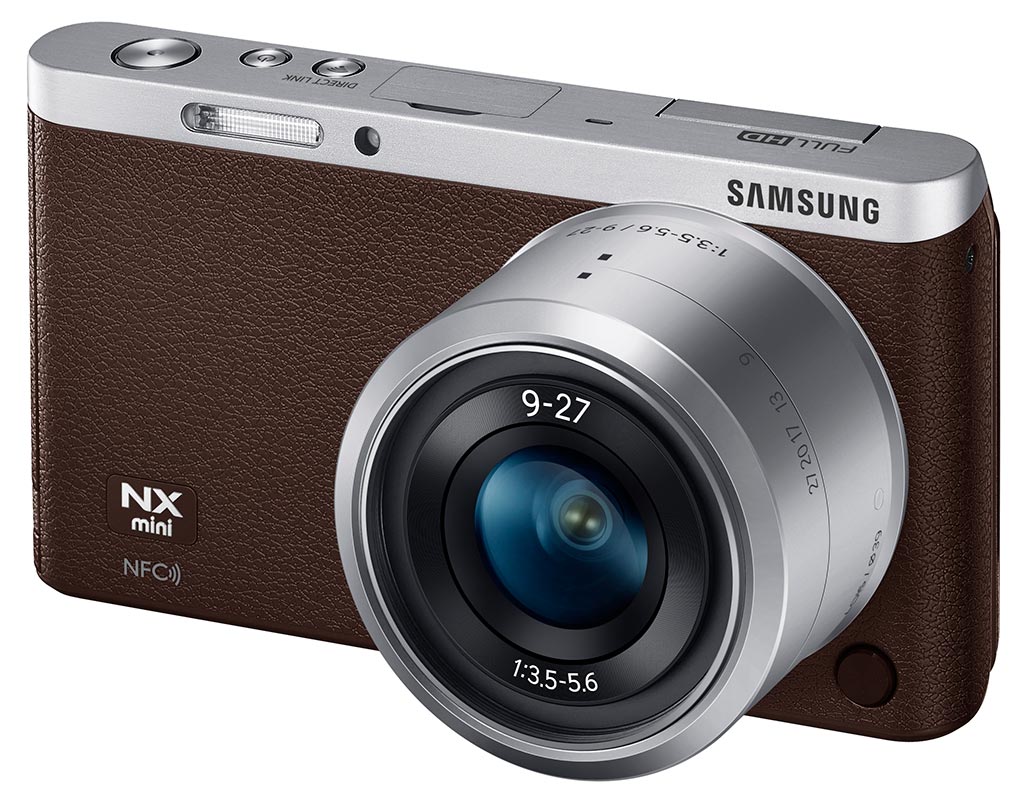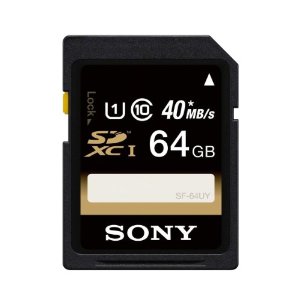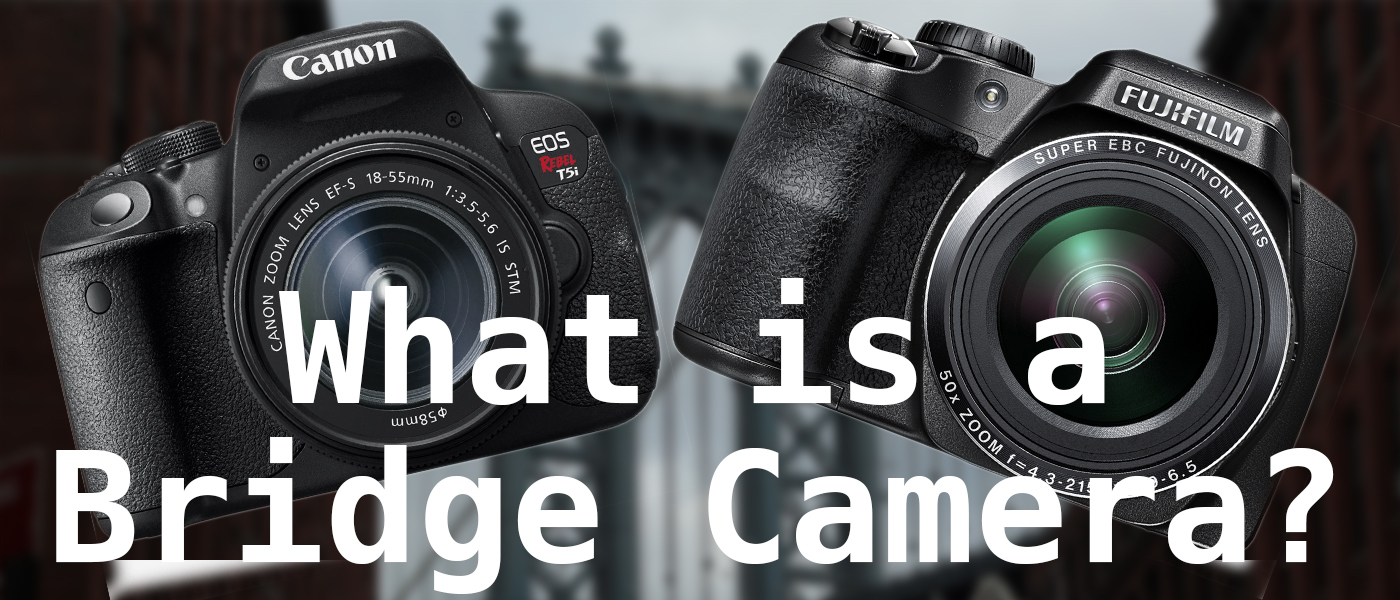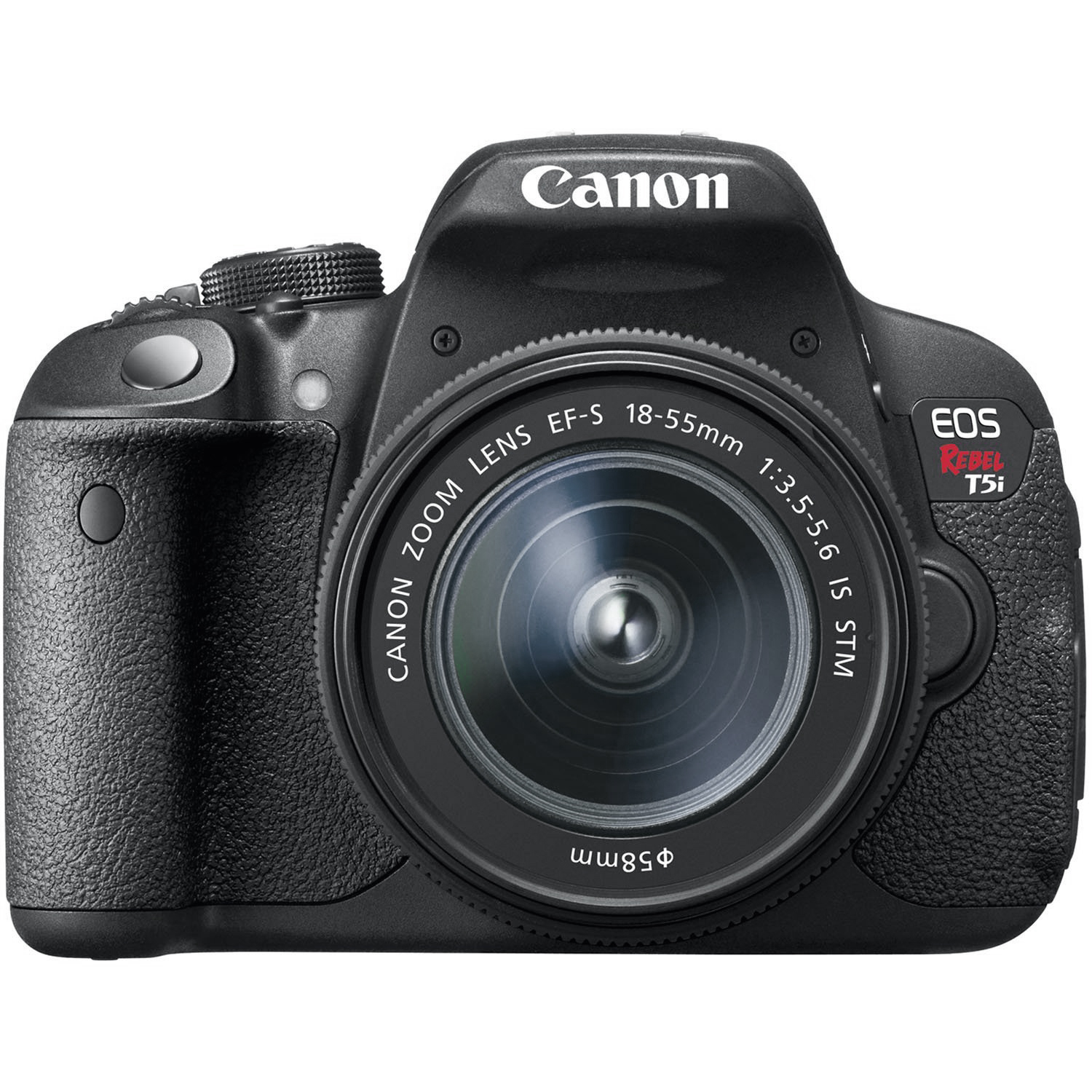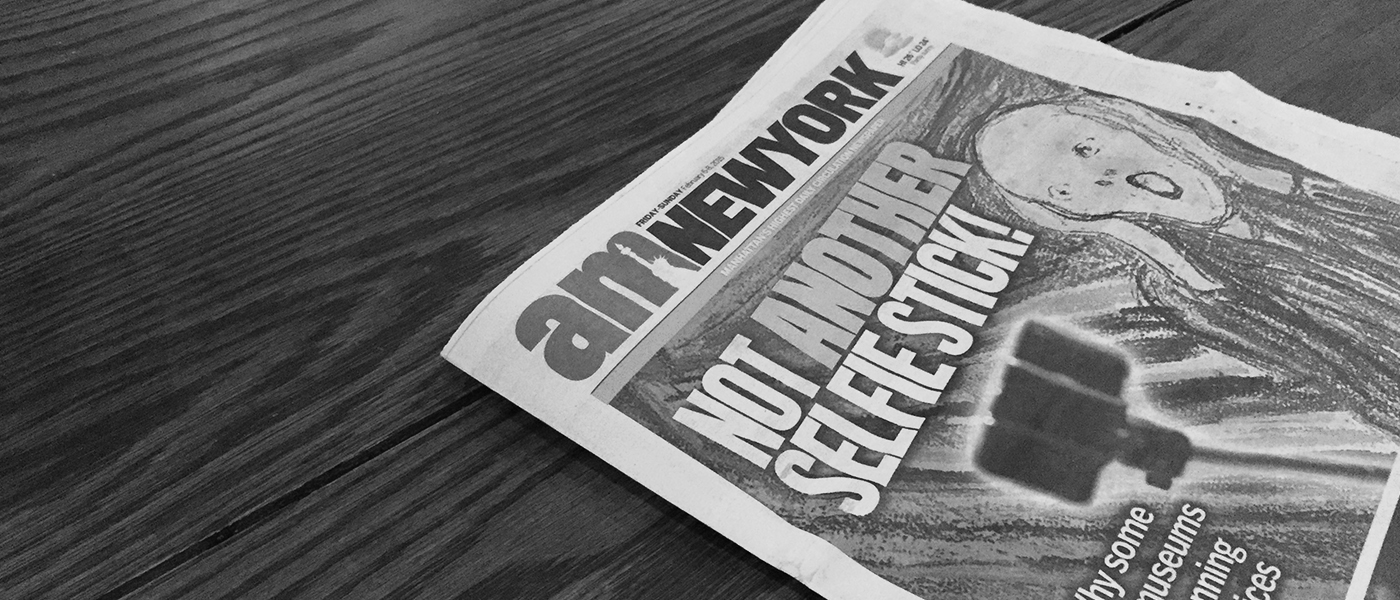Have you been looking for a list of most popular Photography YouTube channels, but couldn't find one? Well neither could I! Here is a randomized list of the 15 most subscribed to active YouTube channels in the category of photography. Congratulations to all the YouTubers who made this list. I will include their number of subscribers for those who are curious, but remember photography is not a contest, it is a craft we all can obtain. So read the summaries below and click onwards, discover something new!
Most Subscribed Photography YouTubers!
 Adorama
Adorama
subscribers - 277,133
AdoramaTV is your source for exclusive photography tutorials and workshops for photographers of all levels. Featuring new videos daily, you will get tips from photography pros like Joe McNally, Mark Wallace, Gavin Hoey, Bryan Peterson, Tamara Lackey and more great hosts! Subscribe to AdoramaTV for the latest photography tips, new product reviews, gear guides, photoshop tutorials, lighting how-tos and more.
Adorama is one of the largest consumer electronics retailers in the United States, offering full lines of still and video camera gear, computers, home office and home theater equipment and much more. But Adorama is more than a camera store: Adorama supports its customers through the Adorama Learning Center, where we offer thousands of how-to articles, buying guides and gear reviews, AdoramaTV, where you can watch hundreds of instructional and inspiring videos for photographers and videographers at all levels of experience by our all-star team of world-class expert hosts.
 Matt Granger
Matt Granger
subscribers - 309,770
Whether you shoot Nikon, Canon, Sony, Pentax, Leica... or WHATEVER - you are welcome here!
Photography tips, tricks and reviews from Matt Granger.
 Mike Browne
Mike Browne
subscribers - 111,933
Photography tips, techniques and tutorials help you take better photos. My tutorials are simple, clear and concise because life's too short for techno bull - 1000 new subscribers a week seem to agree. New video every Friday :-)
So who am I to help you get better photos? I've been a full time photographer since 1993 with awards from Kodak, Fuji and the master Photographers Association. I even have a teaching qualification and just love it when people get that 'Eureka' moment.
I think photography should be fun and fulfilling - don't you?
 Karl Taylor
Karl Taylor
subscribers - 270,415
Karl has been a professional photographer for more than 15 years. His work is published internationally and he regularly works for some of the world's leading companies. Karl became involved in the photography training market several years ago after hosting lectures in photography and finding he had a knack for explaining the subject in an entertaining and understandable way. Since then Karl has become very passionate about his Masterclass Training Series and is keen to demonstrate professional but achievable photography techniques in the simplest way possible. As well as presenting and shooting he writes the scripts, formulates the ideas and formats the programmes and training.
subscribers - 267,867
Award-winning author and photographer Tony Northrup's photos have been featured on magazine covers, book covers, CD covers, TV shows, calendars, and much more. Together with his talented wife Chelsea, they provide videos on photography tips, equipment reviews, photoshop & lightroom tutorials, and a weekly live show every Thursday at 5PM EST.
Subscribers - 393,670
The goal of FroKnowsPhoto is to create fun and informative videos to help photographers of all skill levels.
 The Camera Store
The Camera Store
subscribers - 129,063
Welcome to the home of The Camera Store TV! Our host Chris Niccolls is dedicated to bringing you the latest info on Photography and Videography.
All videos are shot and edited by our Video Specialist Jordan Drake.
 Jason Lainer
Jason Lainer
subscribers - 35,185
Here you can find videos on training, advice, Jason's reviews from his clients, and tons of great documentary footage from Jason's weddings, workshops, and personal adventures! Thanks for joining us, we hope you enjoy your time here!
 PhotoRec Toby
PhotoRec Toby
subscribers - 84,725
Toby Gelston provides photography tutorials, gear reviews and personalized photo help. He is here to help. New content uploaded on Monday (Image Critique), Wednesday (reviews and tutorials) and Friday (Photo Mish Mash Podcast - your source for all things photo).
In 2009 Toby started a twitter account with the hope of answering any and all camera and photography questions the world threw at him. Soon, he realized that creating helpful content was a far better way to reach people than simply waiting for questions. In 2014 he left his full-time job to run this channel and associated blog, Facebook page and twitter. Toby's goal is simple: He wants to help you be a better photographer by helping you find the gear you need and the know-how to use it. Thank you for stopping by, feel free to reach out to Toby via Facebook, Twitter or on the blog.
subscribers - 35,186
Academy of Photography - free photography tutorials and resources for anyone who loves taking pictures.
 DigitalRev-TV
DigitalRev-TV
Subscribers - 1,197,683
The most subscribed and viewed photography show on the interweb, presented by an asian dude with British accent.
 Steve Perry
Steve Perry
Subscribers - 23,853
TONS of great tips and tricks for nature photographers! PLUS, check out some of his crazy photography trips too!
subscribers - 310,442
B&H Photo is where photographers go to learn and be inspired by daily videos filled with tips and tricks, featuring some of the best names in photography and video. Subscribe to B&H Photo for product reviews, tutorials, interviews, and more.
 Spyros Heniadis
Spyros Heniadis
subscribers - 23,421
Learn about Photography and DSLR cameras through photography tips, DSLR tricks, and image enhancing secrets.
I share my passion and knowledge of photography with the world through fun videos to help you get the best out of your camera, and to improve your photographs by learning about composition, lighting, manual modes and more.
The Art of Photography
subscribers - 82,740
The Art of Photography is the YouTube hub for photography. Videos cover camera techniques, process, film photography, digital photography, the history of photography, composition and more.
Check out our special vlog shows that often appear during the week and our special Masterclass Live shows that cover subjects in greater depth.
New shows 3 times a week!
[contact-form][contact-field label='If You Found I have Missed Anything Please Submit the URL for the YouTube Channel Below!' type='name' required='1'/][contact-field label='Comment' type='text'/][/contact-form]








